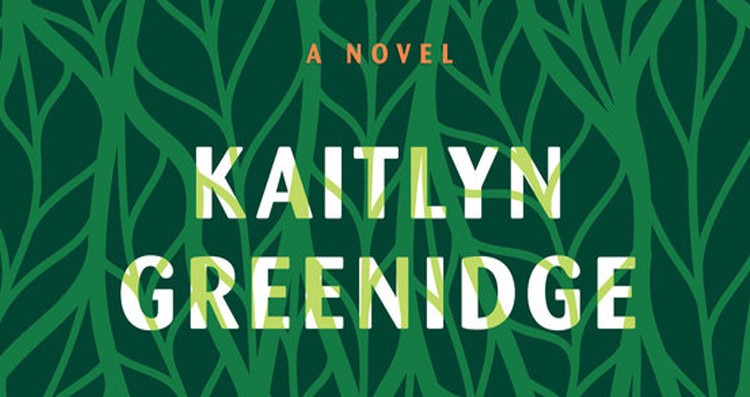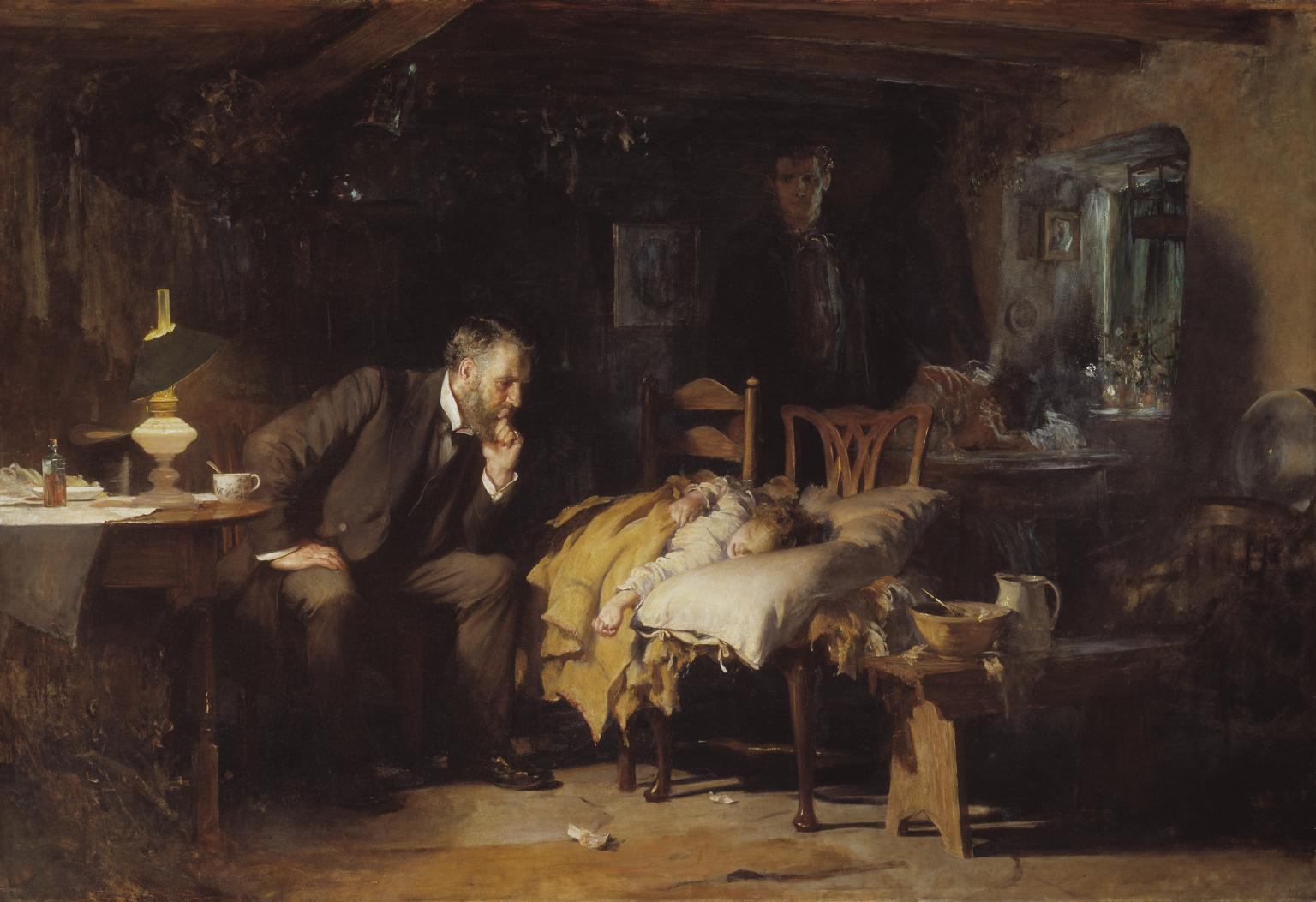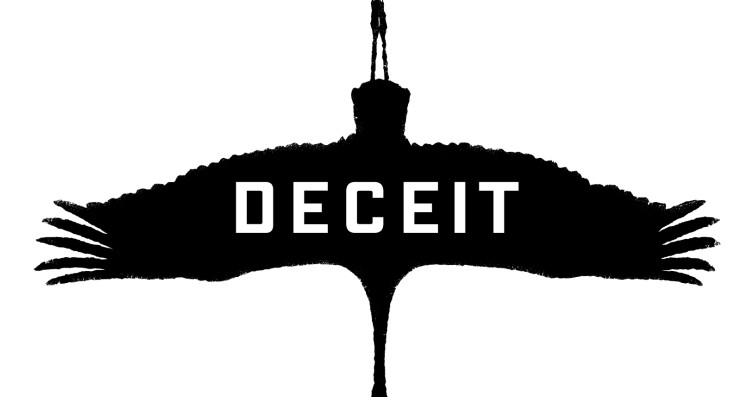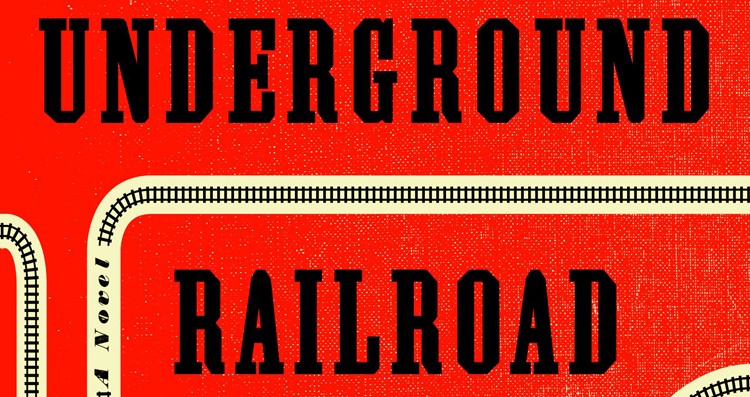essays
The Sneaky Racism in ‘We Love You, Charlie Freeman’ Crawls through the Skin like a Parasite
Kaitlyn Greenidge’s novel mirrors not only America through the ages but also America today

On October 27, 1883, Alexander Graham Bell read a paper, Fallacies Concerning the Deaf, before the Philosophical Society of Washington, D.C., wherein he called “gesture-language” a “memorable experiment” that should be banished. He says deaf students “are continually hampered […] by the difficulty […] in conversing with their own parents and friends” and then “the ties of blood and relationships are weakened, and the institution becomes his home” (Emphasis is Bell’s and should be read with the most formidable dun-dun-dun soundtrack your brain can muster.), and further still, “it thus causes the intermarriage of deaf-mutes and the propagating of their physical defect.” An active eugenicist and believer that a deaf child should never meet another deaf child, Bell also professed that the “formation of a deaf variety of the human race” would cause a “great calamity for the nation.” His idea that “the practice of the sign-language hinders the acquisition of the English language” set about an abolishment of sign language education that had ASL entirely outlawed in classrooms by 1907.
Americans at the end of the 19th century held to strong nationalist beliefs and widespread anti-immigrant sentiment that continued well into the next century; they longed for a homogenous society and clung to opinions, however ill-formed that called for people to be uniform — deep-seated hatred that was hardly a step away from Hitleresque. This hit few harder than immigrants and people of color, and specifically to Bell’s cause: black deaf students, who not only had the disadvantage of being deaf, but who were also separated from white deaf students in their schooling and taught different signs, and were thus an easier target for the rhetoric of homogeny.
The story of We Love You, Charlie Freeman, despite where the book actually begins in the 1990s, has its roots in this earlier timeframe and in the idea of these eugenics and the primacy whitewashed thinking that led to ‘studies’ such as phrenology, the Tuskegee Syphilis Study, Sim’s gynecological experiments on enslaved women, and steatopygia experiments on Khoikhoi women — each study intended to show some kind of difference, whether physical or mental, in blacks and whites.
As a young girl, Laurel Freeman née Quincy lives in a part of Maine so far north that
[…] the Quincys’ [Christmas] tree farm was the only entry for the entire state of Maine in The Colored Motorists’s Guide to America. They were, officially, the northernmost Negroes in the United States.
Here, she is introduced to a group of black sign language students from a deaf school that began shortly after the Civil War and defied closure throughout the years, thus becoming a rarity by the time Laurel is a girl old enough to be influenced by them, circa the fifties/sixties. Laurel, subjected to the extreme racism of the time, even in northern Maine, turns out to be our lead protagonist’s mother, bringing the comfort she found in the quiet solitude of black sign language into the Boston home she creates with her husband Charles and her daughters, Charlotte, a high school freshman, and Callie, a 10-year old.
Their knowledge of sign language (and the fact that they’re a black family, we come to learn) leads them to take a research study at The Toneybee Institute for Ape Research to teach sign language to a chimpanzee, Charlie, expected to live with them as a family member at the institute mansion in provided housing onsite that
[…] seemed like some cardboard false front a bunch of schoolchildren put together out of refrigerator boxes and painted up to look like their idea of grand.
The institute, established in rural Massachusetts in 1929, has a questionable background of Tuskegee-like experiments, and throughout the book, we receive those richly detailed juxtapositions and similarities between the experimenters of the late twenties who compared black women’s bodies to chimps, and the experimentation of the Freemans in the book’s present day of the nineties. The institution becomes their home. This time the emphasis is mine, or rather, Greenidge’s.
Along with this move to the institution comes Laurel’s eternal drive to prove herself worthy, to rise above humble beginnings and to show that she can be something, at any cost. The cost is her family. Isolated in this new place, the Freemans lose themselves. Laurel’s love for Charlie rivals (and often exceeds) her love for her own family, and this leads to strains in her marriage that cannot be reeled back in once the damage is done. It is no accident that her husband’s name is Charles and the chimp’s name is Charlie; they become nearly equal in her eyes. Charlotte, the main protagonist of the book, goes on a journey of gender identity and self-discovery that she is unable to discuss or flaunt, and Callie turns inward to eating disorders and practicing magic just to be recognized as important among the mêlée.
Greenidge tells each of these segments individually, through a series of sections devoted to each person. Some of these sections are told through first-person and some are told through third-person, the vacillation of which can be jarring and seems slightly arbitrary, but through each perspective, the story is moved along. With this writing style occasionally comes the problem of some plot points being dropped at the end of the section and then never picked up again, or being watered down or jumped forward when they are picked up again. Additionally, this leads to a story that is weighted more heavily on some characters than on others; our protagonist Charlotte has 11 sections, and Laurel has one. But what is achieved is a very intimate look at each character within those sections and the precedence of emotions and observations over action. Intertwined in them is also the viewpoint of one of the initial black “specimens” of the white-male-conducted study of the late twenties, called only “Nymphadora of Spring City.” Her viewpoint is very detailed and gripping, but in the end, it fails to culminate into more than just a letter that our protagonist finally reads in the epilogue. I found myself wanting Nymphadora to weave more heavily into the story, but her importance is as the backdrop by which all the rest of it takes place. She is the atmosphere, the foundation. It is her secret that is discovered by Charlotte that unravels the whole family into a spiral of discomfort and severance that can never be reconciled.
While some of the transitions are bumpy, Greenidge has the gift of surprising, unique prose. Her voice is utterly refreshing. Each of her characters is richly different and fleshed out within the sections, and there is nothing interchangeable about any of them, which is a feat few debut authors can master. She tackles small-scale issues like loneliness, fitting in, rural vs. city atmospheres:
[…] taught me […] the awful lesson of country living: out there, in the open, in the quiet, all the emptiness pressed itself up against you, pawed at the very center of your heart, convinced you to make friends with loneliness.
bullying, family, friendship; and wraps them in a second, larger layer of body image, anthropology, historical perspective:
They came from a place that had been forgotten by time, a school founded to teach signing to the colored deaf, started right after the Civil War by well-meaning Yankees […]. Over the years, […] other deaf schools banished sign language, declared it […] a threat to the wholesome spoken word [that] would encourage the deaf to marry only each other and create a perpetuating race of non-hearers […]
history repeating itself; and finally into a third, overarching layer of race, gender, and the languages we use (or do not use) to talk about both through the ages:
Courtland County bowed to [a black woman’s] demands because the people there, like well-meaning decent and caring people anywhere, were loath to think of themselves as racists but also loathe to think of race at all.
Through multiple historical viewpoints, the story very much talks about today and holds up a mirror to all of us. We still don’t talk about it. We still don’t have that language.
As readers, if we are sure to look for diverse literature, there is an abundance of black perspectives on slavery and on growing up ‘across the tracks,’ both of which are absolutely important to hear; but what’s so refreshing about this story is that it encapsulates the heart of both without being either. It is so uniquely human and tells a different story that we must also learn and know: that different degrees of racism are still racism, that some of it is hidden and prettied-up but still breathes, and that there is a middle ground that exists if we can find the heart and the language for it.

News shows hit on the Confederate flag and the centuries of boisterous racism of the South, but what We Love You, Charlie Freeman talks about is that sneaky racism that crawls through the skin like a parasite, steals into an opening and burrows and hides and you don’t know it’s there until it starts to itch, and you ignore it. Even in Maine and Massachusetts and the places in the north where this book takes place, racism is very much a thing, but it’s ignored, swept under the rug, that quiet racism where people can somehow say, ‘It’s not in my backyard, so it’s not my fault.’ And this is where the story mirrors not only America through the ages, but America today — how uneasy we are with confronting the uncomfortable, how unwilling to give a voice to those conversations that seem to be someone else’s problem, or history’s problem. And in this, the book transcends each subplot, each twist and turn, each characterization, to be something so much grander than a story about family and values and self-discovery. It’s an absolute dissection of how we Americans have failed, after centuries of communication, to find a common language to talk about race and gender and the individual fibers of being that we all share so commonly that they’ve become homogenous, and yet we refuse to discuss them, even in silent languages shared among those we know.








